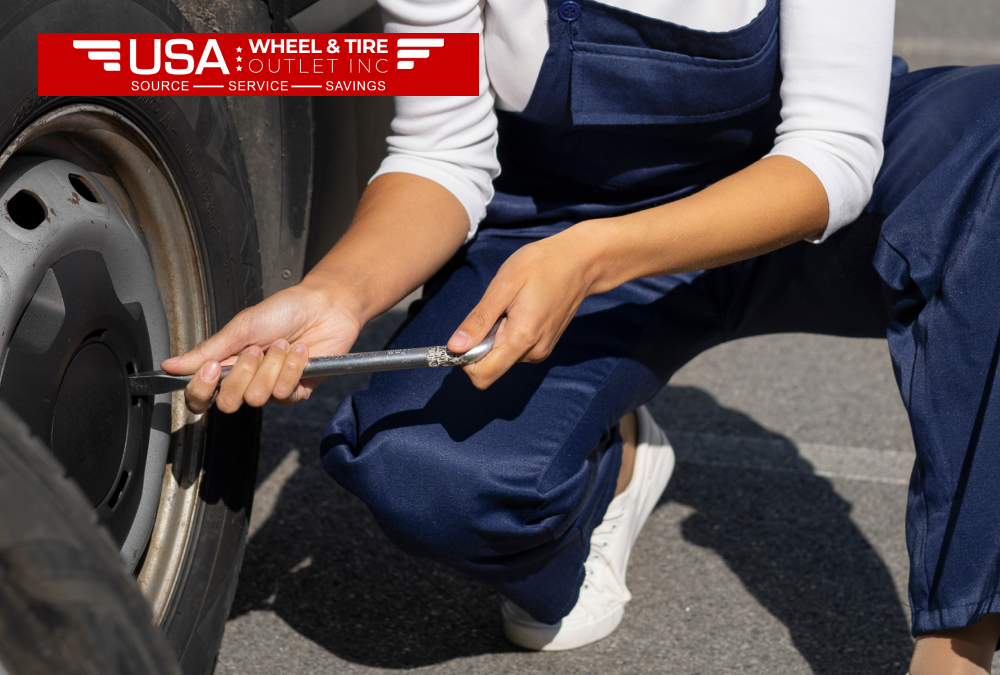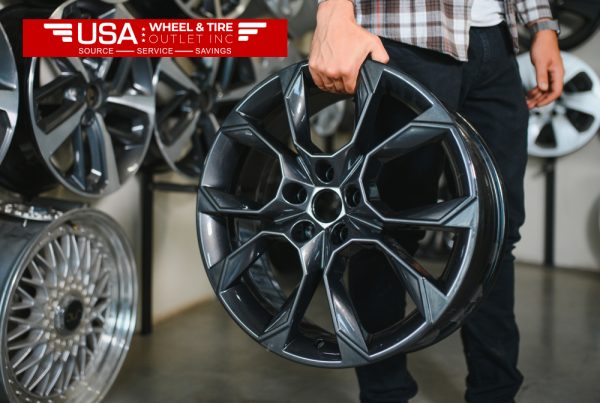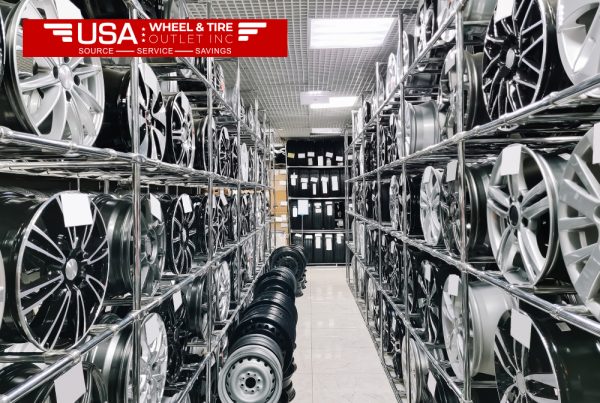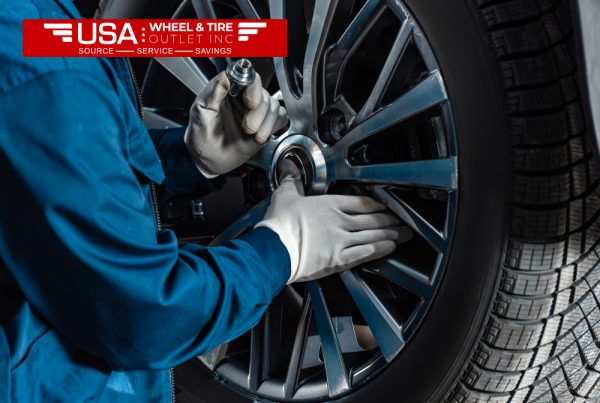Tires are considered critical to the proper safety and handling of the vehicle and therefore are a unique commodity bundle. They experience a lot of challenges in a single year ranging weather from high temperatures in summer and low temperatures in winter. Tire maintenance during different periods of the year improves their lifetime and the efficiency of your car. This guide highlights how you should prepare your tires for seasonal changes so that they are ready to serve you at any one season.
Understanding Seasonal Tire Care
Seasonal tire care is important because weather is likely to have different effects on the wheels and tires during the different seasons. Thus, knowing these effects helps you avoid possible problems and increase the lifetime of the tires.
Spring and Summer: Tires Care During Summer Time
When the climate is hot the rubber in your tires becomes soft more compared to when the climate is cold. Their usage may lead to higher wearing of the assets. Here are some key points to consider: Here are some key points to consider.
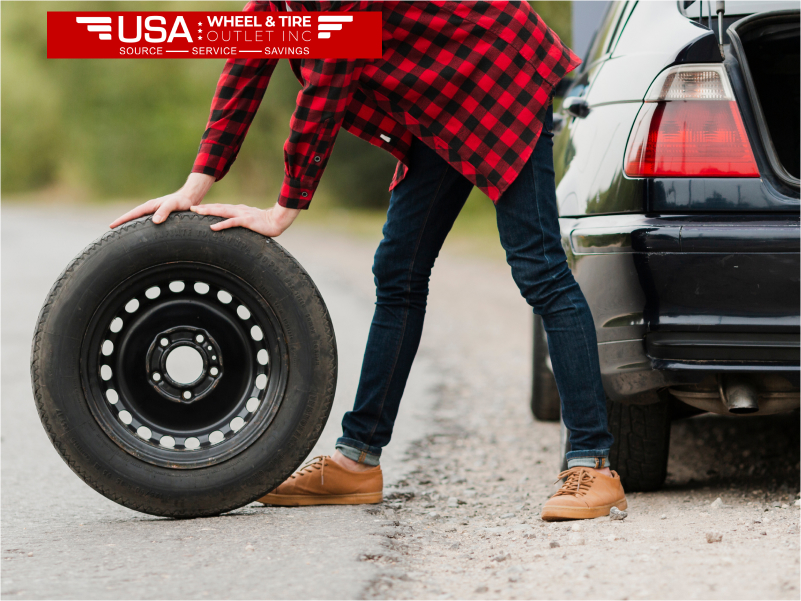
1. Check Tire Pressure Regularly: This is because due to high temperatures, the air pressure in the tires tends to rise. Tire pressure must be checked at least once a month, and before a long drive or a road trip. Tires which are correctly inflated provide better fuel economy and better control of the car.
2. Inspect for Wear and Damage: It is also important to know that heat can affect the tires and as a result bring about their faster wear. Take time and look at the tires of your car and see if their surface is worn out, if it has bald areas, cracks or if it is bulging. This could be quite dangerous hence requires replacement of the worn out tires before they compromise on safety.
3. Rotate Your Tires: To have even wear on all tyres the car should at times be driven with the tyres switched around on the car. It helps to retain the actual performance of the tire and increases the life span of the tires on your car.
4. Check Alignment and Balancing: As a result of warm weather vehicle handling may be affected and can lead to conditions of misalignment and imbalance. wheel and tire alignment and balancing aid in the achievement of better control and smooth running of the vehicle as well as proper durability of the tires.
Fall and Winter: Tire Protection for Winter Driving
When the weather begins to cool down the tires you have are also going to face different challenges. In cold weather stiffens the rubber, so affects the stickers and the performance. Follow these tips to prepare your tires for the cold.
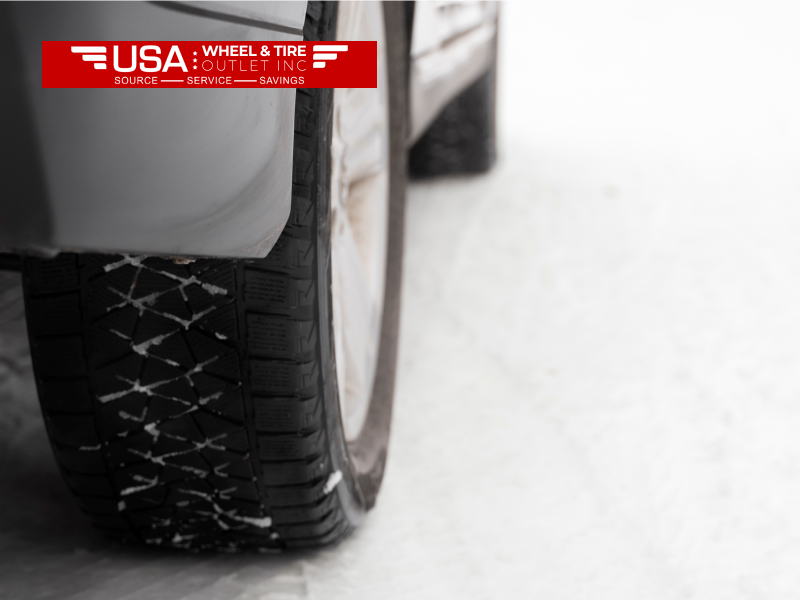
1. Switch to Winter Tires: If you live in a country with snowy winter weather it may be reasonable to use the winter tires. These are non-studded winter tires which contribute to good tractive performance in cold and slippery road conditions.
2. Monitor Tire Pressure: Low temperatures harm dunlop tires as they result in a drop in tire pressure. Tire pressure should be checked from time to time, and whenever you feel that they are not as responsive as you would like, should be inflated to the right levels.
3. Inspect for Ice and Snow Damage: Ice or snow is likely to cover your tires during winter hence the need to ensure it is well wiped from the tires. It is also important to make sure that they (tires) are clean so that they do not wear unevenly and get spoilt.
4. Check Tire Tread Depth: This is why there has to be sufficient tread depth when the weather is cold to be able to have enough grip on the roads. A tread depth gauge should be used to make sure your tires have enough tread to enables them to grip the snow and ice.
5. Keep an Eye on Tire Temperature: Weather plays an important role and more so in extreme conditions because the cold could impact on tires. Check tire heat and do not racing the engine or jerk the brake since it is very dangerous when the road is icy.
Proper maintenance and timely check-ups and alteration will ensure there are no harms and additionally the tires will last longer. For detailed tire care and maintenance information you should contact your near by USA Wheels and Tire specialists. Maintaining your tires in the best way possible will not only improve your driving experience, but it will also protect your life.
Tips for All Seasons
Regardless of the weather, here are some general tips for maintaining your tires throughout the year:
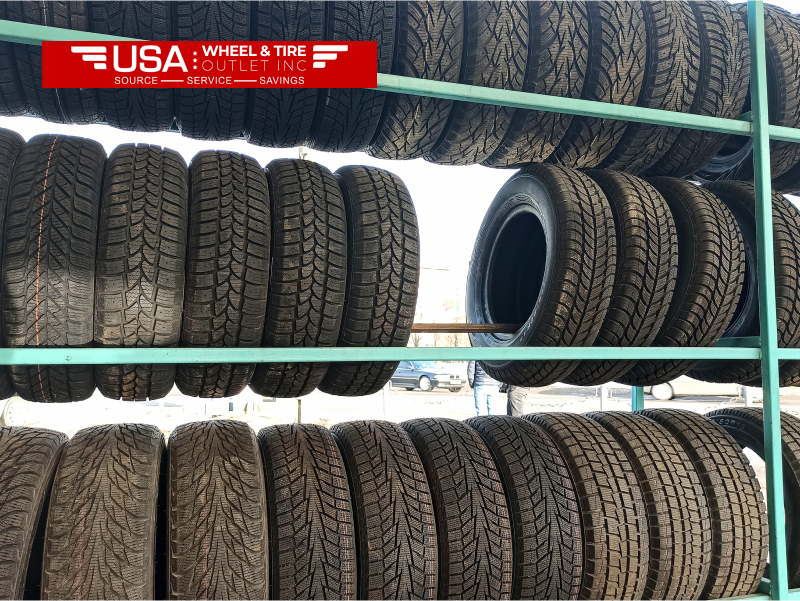
Regularly Inspect Your Tires: The following are some steps which should be followed: Visual checks to assess the condition of the door, frame and surrounding structure.
Maintain Proper Alignment: Assuming proper wheel alignment guarantees that your tires wear at a consistent rate and in the best capacities.
Balance Your Tires: Correct or even tire inflation is significant since it contributes to a nice and comfortable handling of car and reduced tear of tires on one side as compared to the other.
Ensure Proper Inflation: Many cars’ tires should always be inflated to the level of pressure recommended by the car maker.
Conclusion
Tire maintenance also calls for proper care to be taken at certain times of the year and this is known as seasonal tires care. In knowing the demand of your wheels and tires for the whole year, you can guarantee that your tires work efficiently no matter what type of weather we have.
Read Also: How to Drive Smart: Techniques to Extend Your Tire Lifespan
FAQs
Why should one need to take seasonal tire care seasonally?
Seasonal tire care is very important because this is the only way to ensure that the tires are in proper conditions depending on the season that is prevailing. Tires perform better in warm conditions where rubber gets softer making the tires wear out quickly while in cold conditions, the rubber become rigid, and the tires lack grip. These tasks include matters such as checking on the tires, cleaning them, applying treatments, and inflating them to the right pressure, among others; proper execution of these tasks goes a long way in preventing problems, improving safety, and increasing the durability of the tire.
2. At what stage do you recommend using the winter tires?
Winter tires can be used when the ambient temperature stays below 45°F (7°C) and when you drive on either snow or ice. Basically, winter tires have more grooves that are closely spaced to grab the wet and slippery road surfaces and provides more control on your vehicle making it safer to use during winter.
3. Tire pressure should be checked at least once a week.
The tire pressure should be observed at least once a month, It is advisable to do it before going for a long journey. This defeats the purpose of the invention because changes in temperature are known to cause changes in tire pressure, and this is a great danger to road safety. Tires that are properly inflated increase the fuel efficiency as well as the stability of the car.

